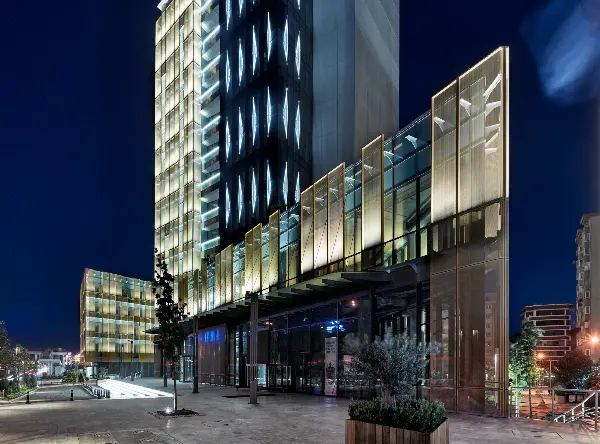Otomat çelikleri arasında en yaygın olanlarıdır. Karbon (C) içeriği düşüktür ve maksimum işlenebilirlik hedeflenerek tasarlanmıştır. Talaşlı imalat sonrasında ısıl işlem yapılmadan kullanılmalıdır.
11SMn30 ve 11SMn37 kaliteler alaşım elementi olarak sadece Kükürt (S) içerir. 11SMnPb30 kalitede Kurşun (Pb) ve Kükürt (S), kırılganlığın sınırlandırılabilmesi için, biraz kısıtlanmıştır. 11SMnPb37 kalitede Kurşun (Pb) ve Kükürt (S) bulunur. 11SMnPb37+Te kalitede ise az miktarda Tellür (Te) ilavesi ile işlenebilirlik bir hayli iyileşmektedir.
Mekanik değerler olarak standartta tanımlandığı üzere (EN 10277) birbirleri arasında fark olmayan bu çeliklerin kimyasal kompozisyonları aşağıdaki tabloda bilgilerinize sunulmuştur. Detaylı incelemeler için malzeme bilgi sayfalarımıza bakabilirsiniz.
11SMnPb30+Te+Bi ve 11SMnPb37+Te+Bi kalitelerde, ilave alaşım elementleri (Te ve Bi) ve döküm sırasında yapılan özel alaşımlandırma sayesinde, soğuk şekillendirme (11SMnPb30+Te+Bi kalite için) ve işlenebilirlik (11SMnPb37+Te+Bi kalite için) özellikleri üst seviyelerde bir araya gelmektedir.

Steel with the addition of sulfur only, in higher quantities than in 11SMn30; increased machinability at the expense of a slightly more accentuated fragility.
Free-cutting steel with the addition of lead to increase chip removal productivity. It is the most common type in Germany. Good machinability.
Free-cutting steel with the addition of lead similar to the previous one, but with a higher sulfur content. It is the most common type in Italy and France. Excellent machinability.The Telyx version has a further improved machinability with respect to PS113.
Steel with the addition of sulfur, lead, tellurium, and bismuth; allows a very high cutting speed of the tool with excellent finishes. Also has a particular cold deformability.
Steel similar to the previous one, but with a higher sulfur content; reaches the maximum levels of machinability, combining all of the advantages tied to productivity in a single product.
This steel is not unified in the standards. It is used when you want to obtain a mechanical resistance of circa 600 MPa, not achievable with other low-carbon free-cutting steels, while maintaining good machinability. Not suitable for heat treatments.